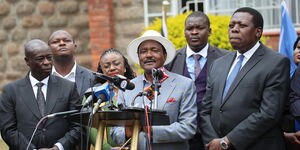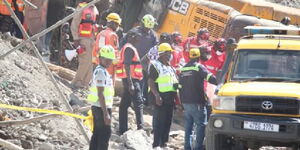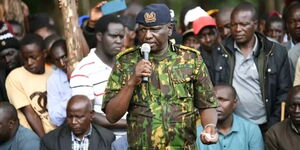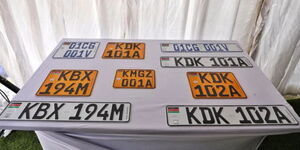An ill-fated bus that crashed at Fort Ternan area in Kericho left 55 people dead and a number of survivors with serious injuries on Wednesday.
Survivors revealed that the driver lost control of the vehicle after the brakes failed leading to the bus overturning.
Most drivers are not aware of what to do in the event of brake failure which leads to making the wrong decisions whose results are fatal.
The following are the steps to take in such a situation:
Don’t Panic
In the event one realises that the brakes are not working, the driver should not panic but keep a calm head.
Panic only makes the situation worse as it impairs the judgment of how to handle the situation.
Take your foot off the Accelerator Pedal
The driver should release the foot of the pedal and step on the brakes.
In the event of cars with a cruise control option, release the gas pedal and switch off the cruise control option using the ‘OFF’ button which is normally on the steering wheel.
In most cases, the cruise control system turns off as soon as the brakes or clutch are touched but as a precaution, the system must be turned off.
Pay Attention to How the Brake Pedal Feels
If the pedal feels hard and does not move, it could signify that something in the brake system might have seized or an obstruction under the pedal.
Try to establish if there is any object under the pedal.
If the pedal feels soft and goes all the way to the floor of the car, it could signify a faulty master cylinder or low brake fluid or problems with the brake drums and calipers.
Pumping of the brakes could help restore some braking pressure.
Pump the Brakes
Pump the brakes several times to rebuild enough pressure to stop the car.
The process might take a while and it is advised to keep doing it even if the car is equipped with an Auto Braking System (ABS).
The ABS is only activated in the event the car is braking too hard which is not a problem in the event of brake failure.
The reason for the pumping of the brakes is to allow pressure to build for the hydraulic (air) brakes that rarely fail together with the fluid brakes.
Shift into Low Gear
For automatic transmission cars, downshift the gear from Drive (D) to the lowest one which is denoted as 1.
In the case for cars with manual transmission, move the gear at a time to the lowest gear which is 1 while feeling how the car responds.
Precaution should be taken when changing the gears as switching them too fast might cause the driver to loose control.
Use of the Emergency Brake
Emergency or parking brake can be used to a stop a vehicle but it would take the vehicle some time to stop as the brake only stops the rear wheels.
Apply the brake depending on the type of vehicle where the emergency brake can either be pulled up or pushed down in the event the brake is a pedal.
The emergency brake should be initiated slowly and steadily to avoid the tires from locking; something which happens if it is applied too fast and hard especially at a high speed.
Using of the brake in such a case too quickly may result to lose of control of the vehicle.
In the case one hears the tires lock, the person is advised to release a small bit of pressure from the brake application and hold it there.
It should be noted that if the tyres make a slight noise, it does not mean they have locked up.
Keep your Eyes on the Road and Continue to Steer
The driver should maintain visual of other cars and continue driving while avoiding heavy traffic, dangerous obstacles and pedestrians.
Warn Other Drivers and Pedestrians
Turn on the hazard lights and sound your car horn to make other cars aware that there is a problem.
Always be aware of the location of the hazard button before any situations arise.
Open windows to enable air resistance that will help the car slow down as well as shout for help from other drivers.
Steer Sharply from Side to Side
If there is room on the road, try turning left to right over and over to slow down the car.
However, caution must be observed when this is done where if it is done at high speeds it might cause the car to overturn while doing it too sharply might cause the car to spin around.
Use the Surroundings to slow the Vehicle
If all the previous measures fail, the driver is advised to improvise.
The driver can use the guardrails by hitting the rails with the tyres and not the body of the vehicle.
Use road friction like driving through gravel or dirt with caution to avoid causing the car to overturn
Drive through small trees or shrubs which help to slow down the car. The driver should be careful of the tree chosen to avoid hitting it and worsen the situation.
Try hitting the backside of another car, which is not always advised, moving at the same speed as your car. This should be done with a lot of precaution to avoid causing the other car to spin or the airbag from going off.












